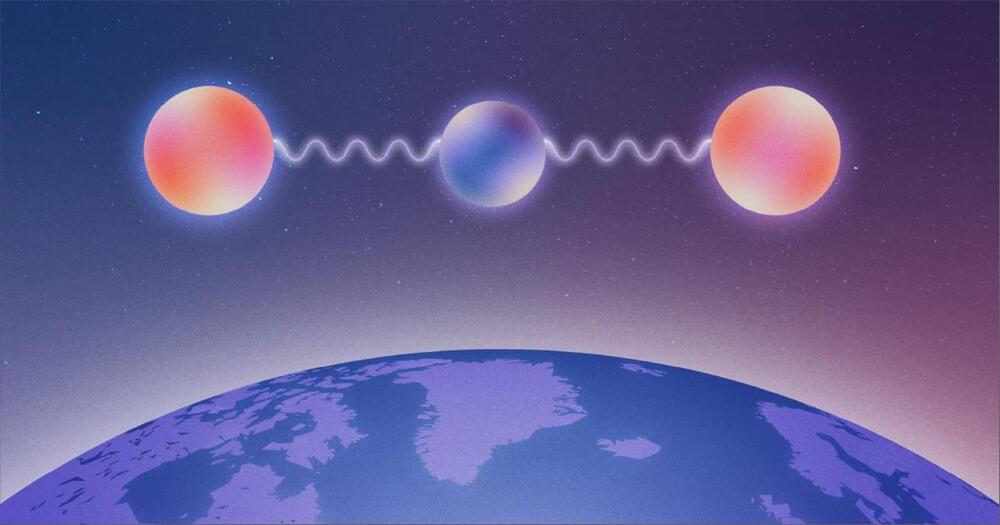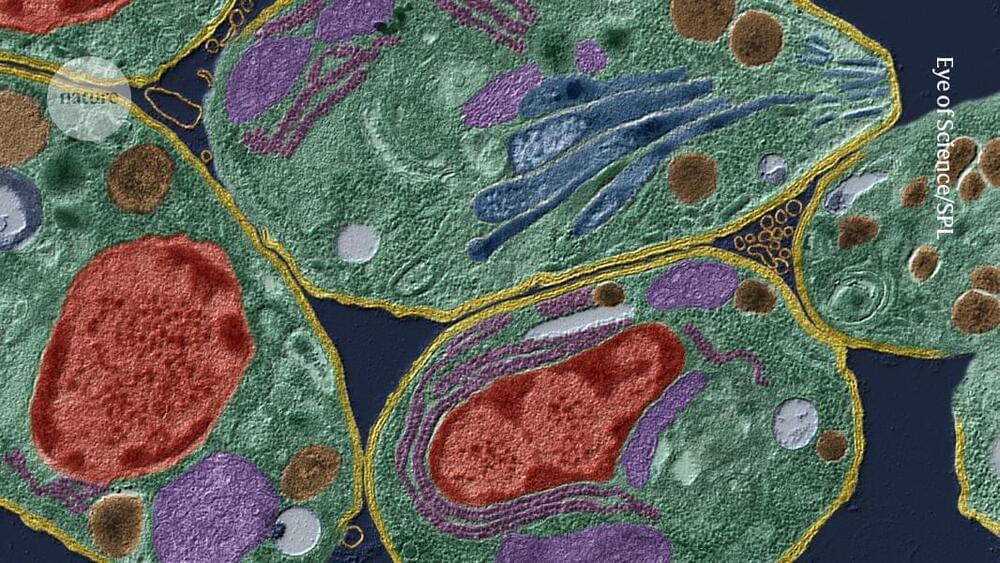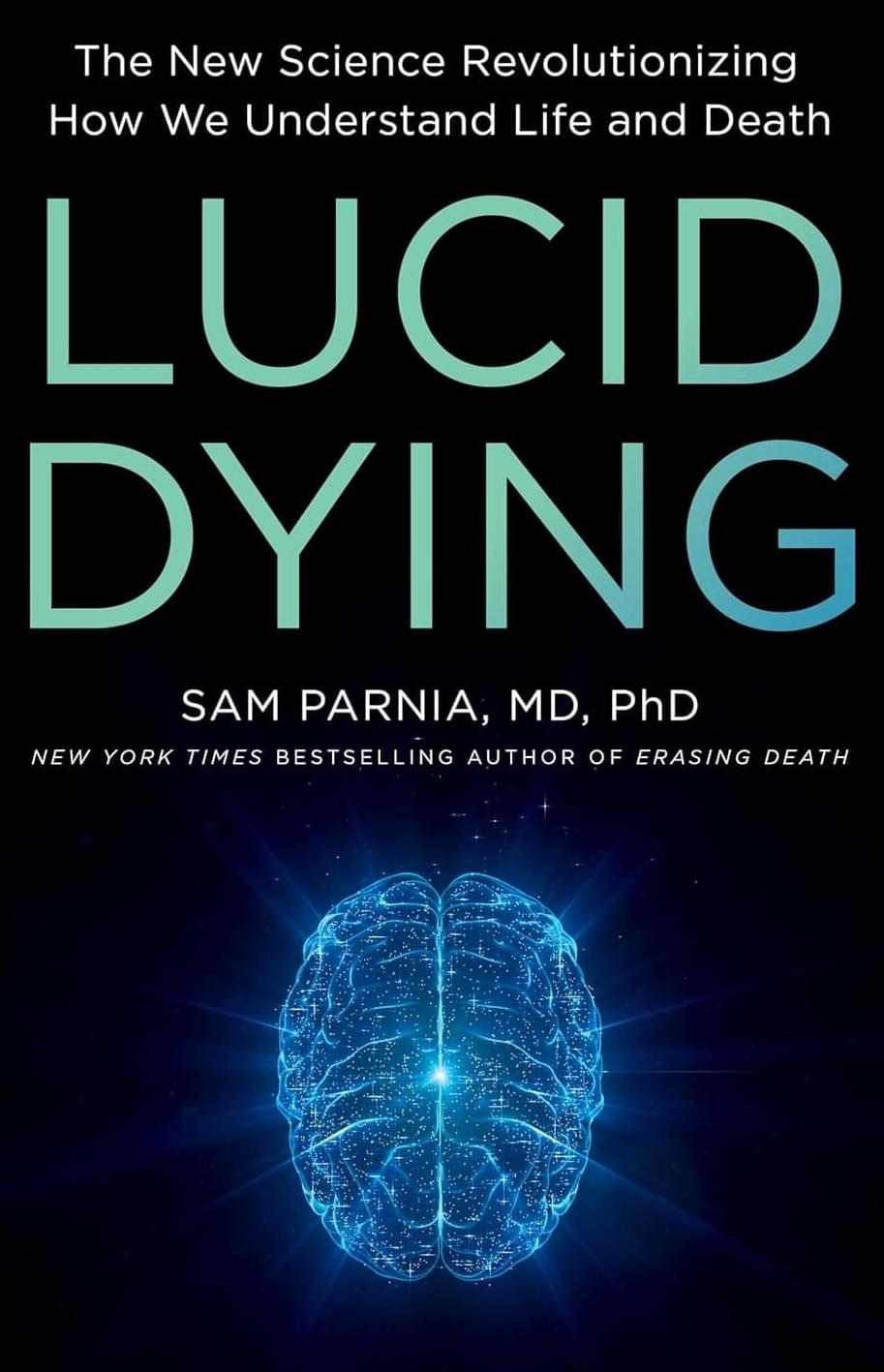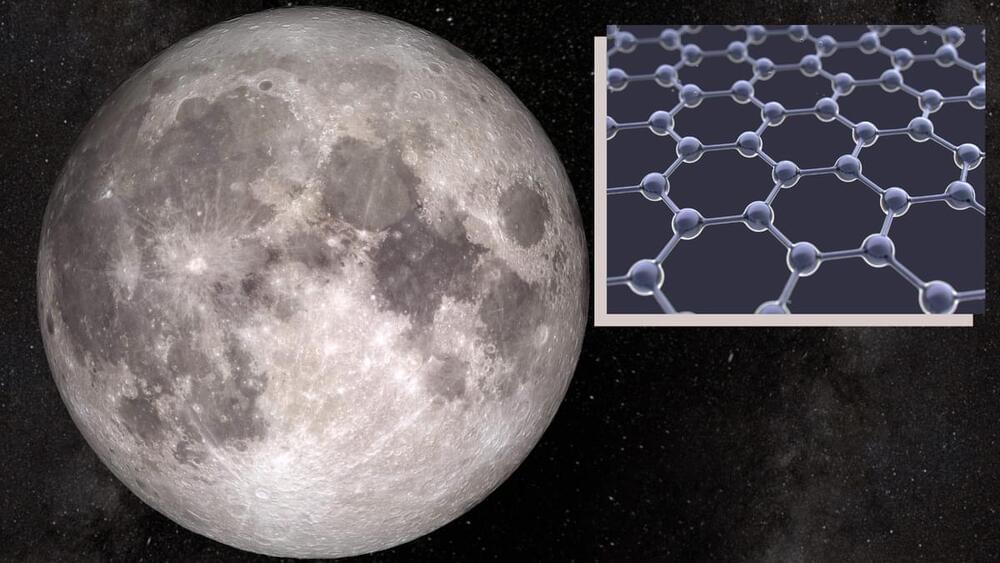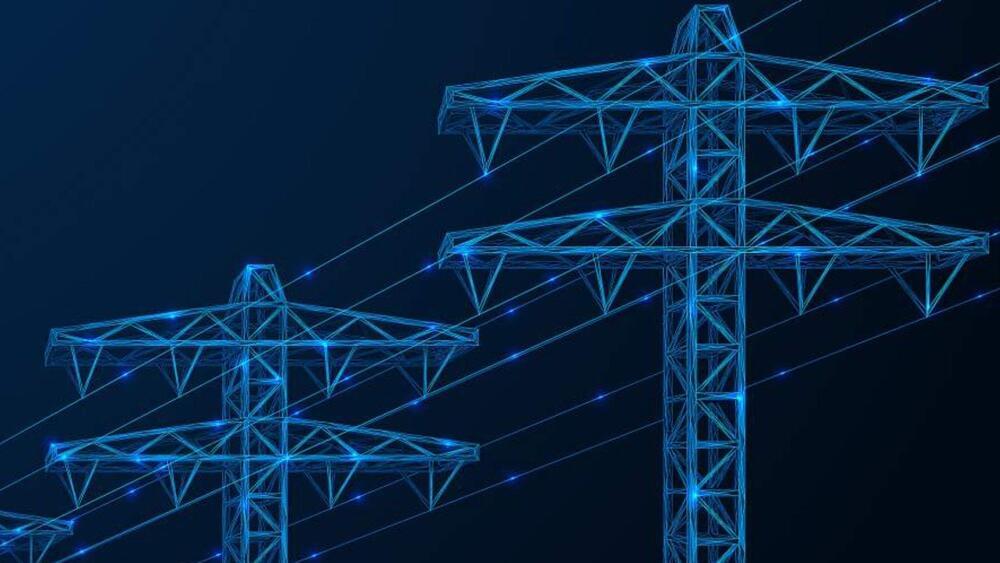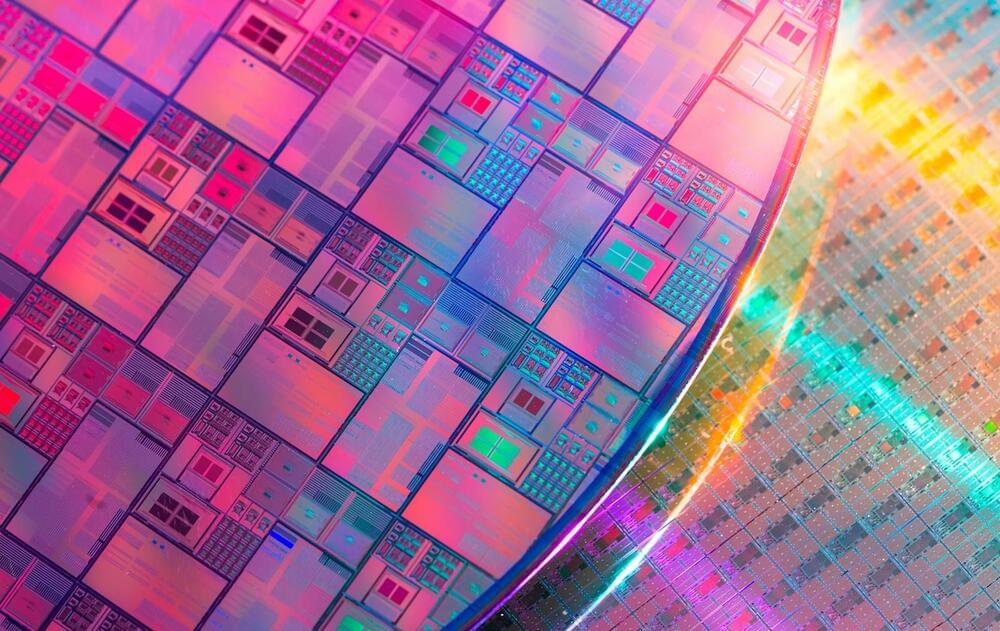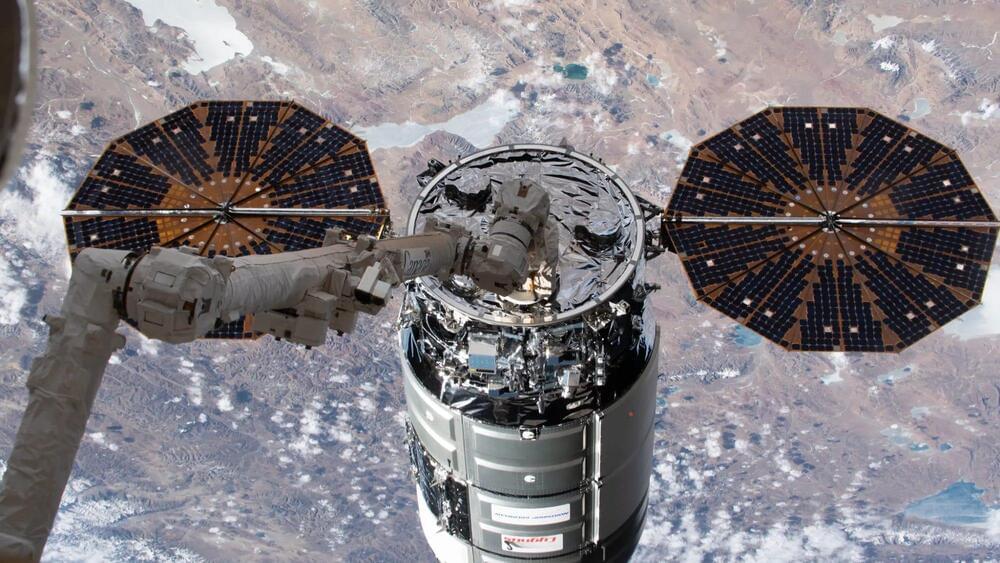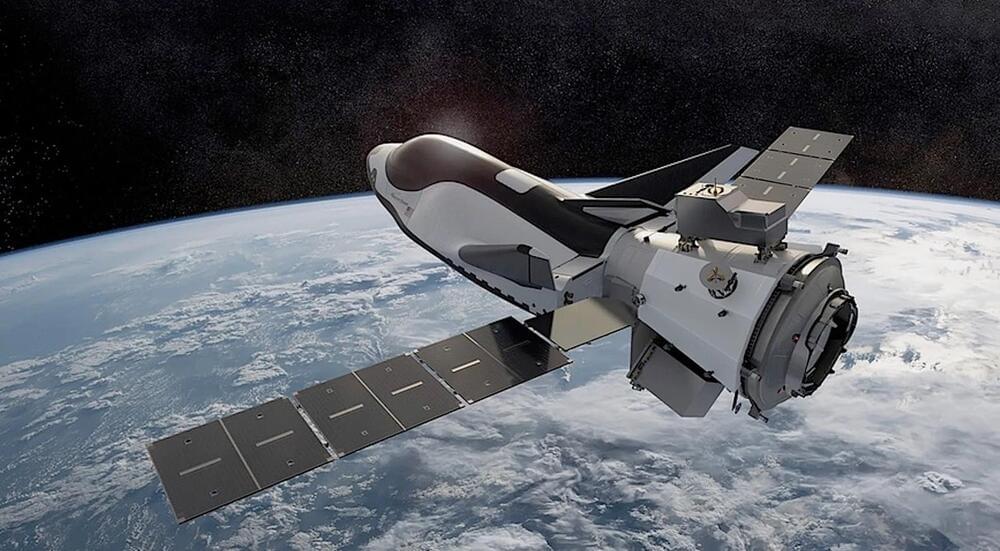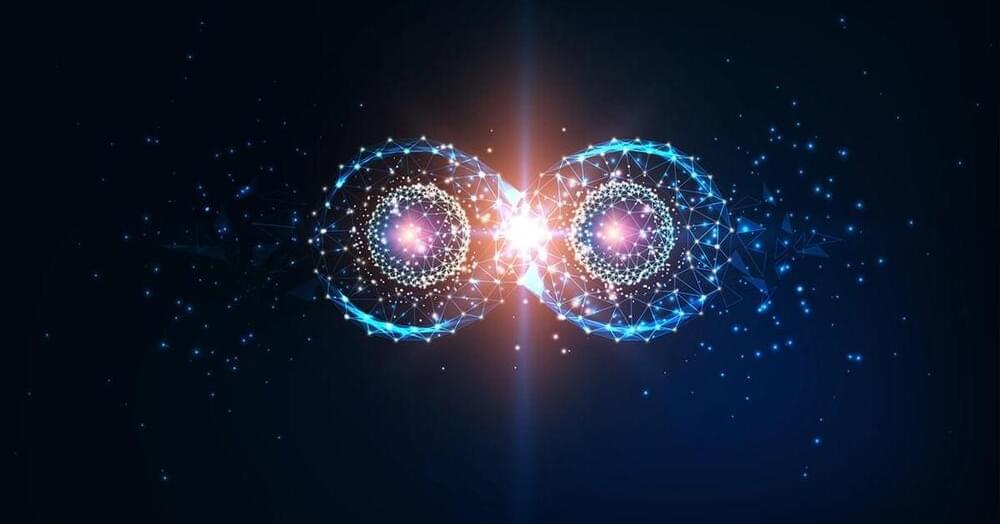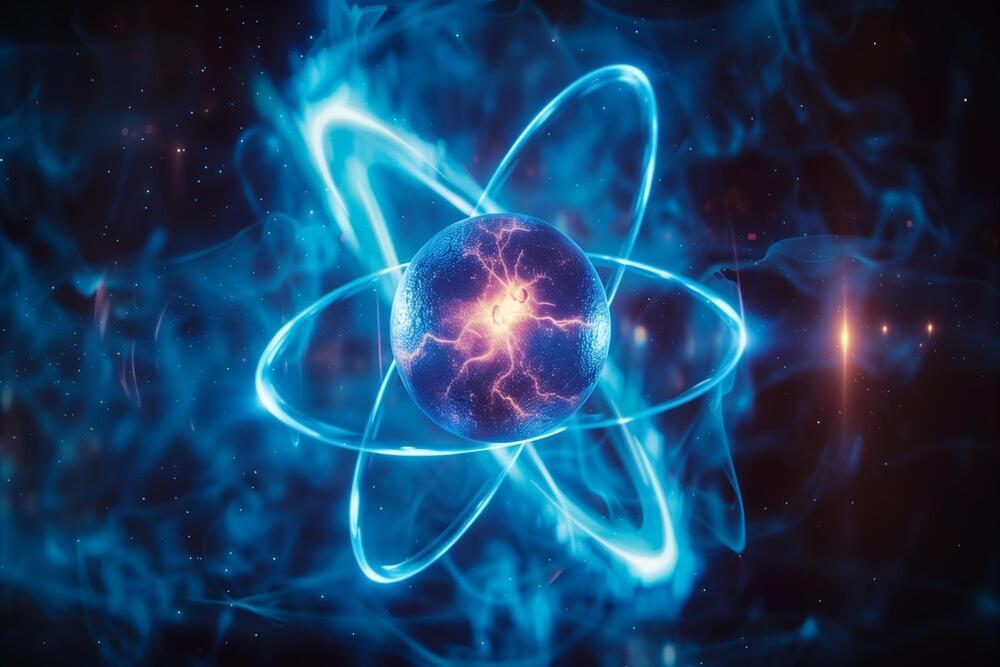Aug 8, 2024
Physicists Pinpoint the Quantum Origin of the Greenhouse Effect
Posted by Cecile G. Tamura in categories: climatology, computing, information science, quantum physics, sustainability
“The moment when we wrote down the terms of this equation and saw that it all clicked together, it felt pretty incredible,” Wordsworth said. “It’s a result that finally shows us how directly the quantum mechanics links to the bigger picture.”
In some ways, he said, the calculation helps us understand climate change better than any computer model. “It just seems to be a fundamentally important thing to be able to say in a field that we can show from basic principles where everything comes from.”
